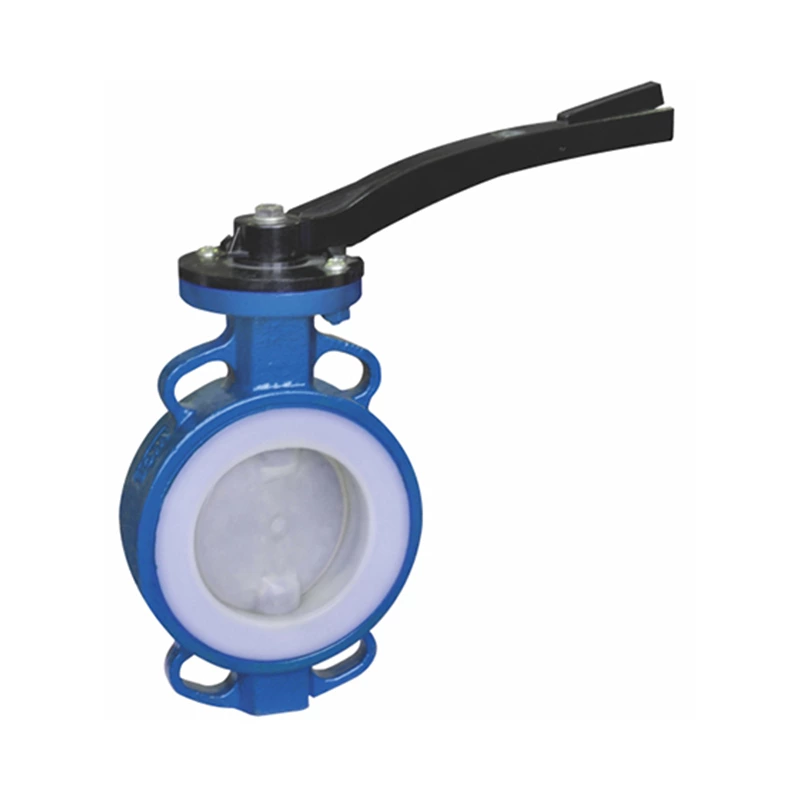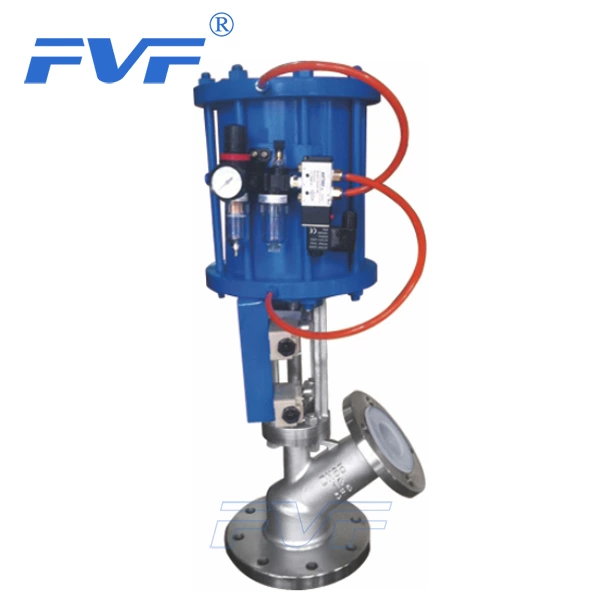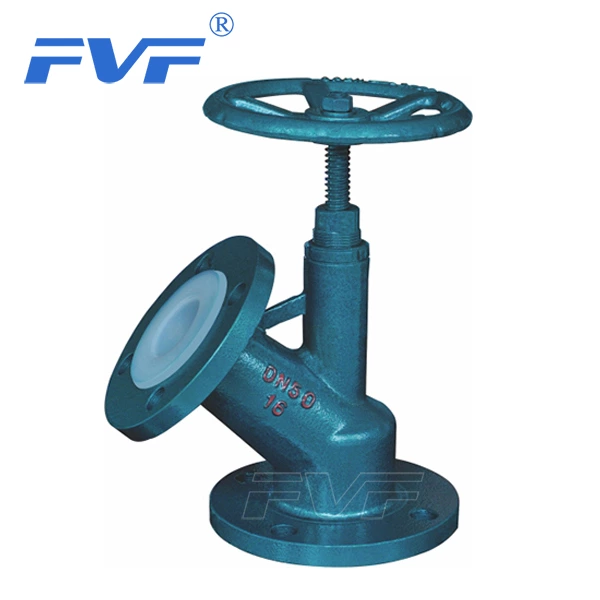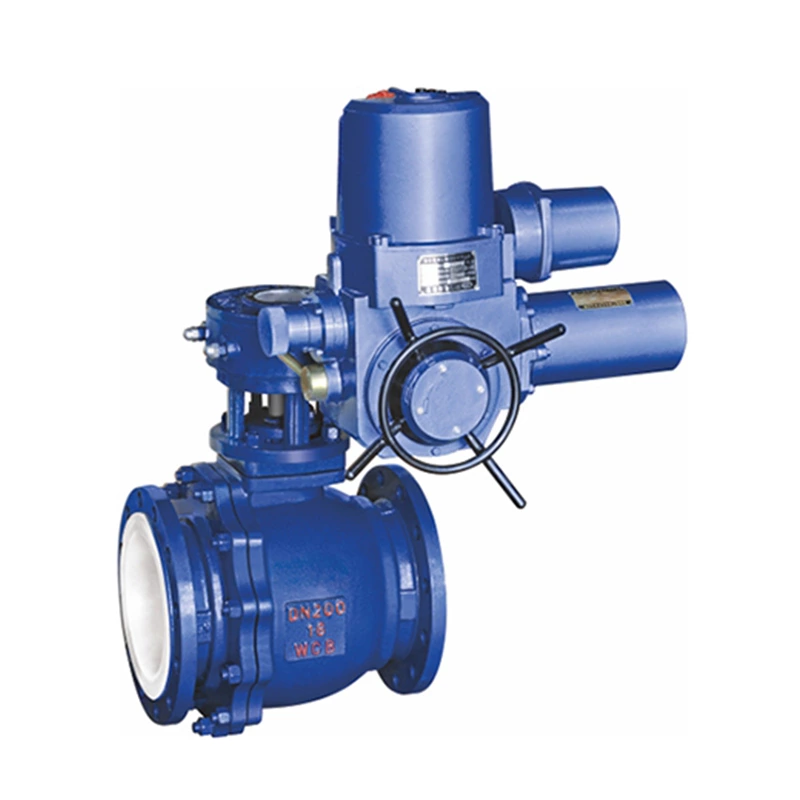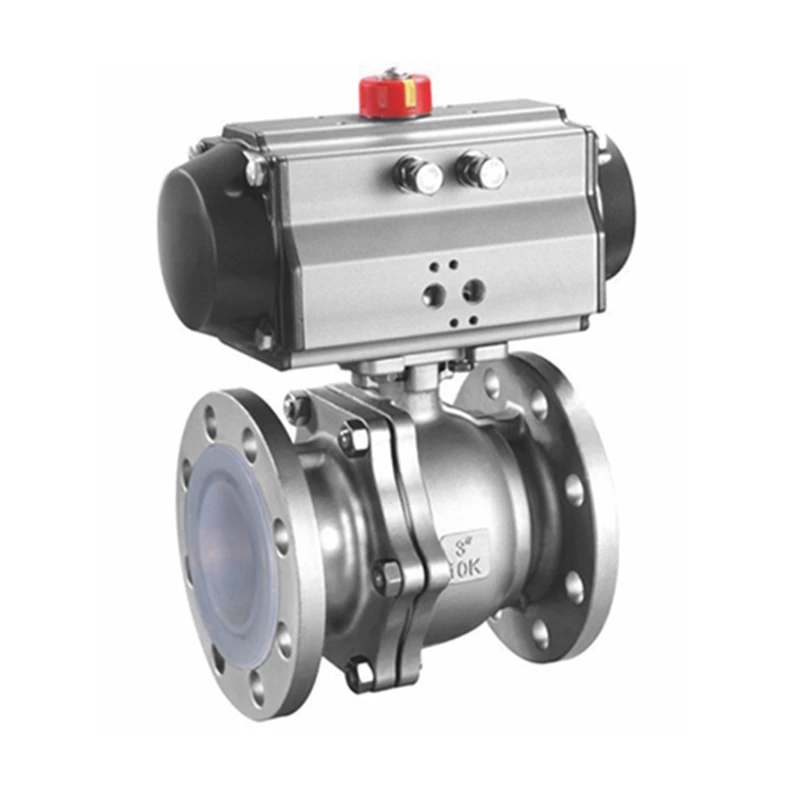How Are Butterfly Valve Models Divided?
Lined Butterfly Valve has a small opening distance during the opening and closing process, and is easy to operate. It is widely used in various industries. Considering the operating, material, sealing and other restrictions, it is necessary to carefully select the appropriate model when purchasing butterfly valve products. What types of butterfly valves are there? How are they classified when selecting models?
1. Classification based on structural form:
(1) Center seal butterfly valve
(2) Single eccentric seal butterfly valve
(3) Double eccentric seal butterfly valve
(4) Triple eccentric seal butterfly valve
2. Classification based on connection method:
(1) Wafer butterfly valve
The butterfly plate of the wafer butterfly valve is installed in the direction of the pipe diameter, and the valve is in a fully open state.
The wafer butterfly valve has a simple structure, small size and light weight. Butterfly valves are available in two forms: elastic seal and metal seal. For elastic seal valves, the sealing ring can be embedded in the valve body or attached around the butterfly plate.
(2) Flange butterfly valve
The flange butterfly valve adopts a vertical plate structure, and its valve stem is composed of an integral metal hard seal valve seal ring.
The flexible graphite plate and stainless steel plate are combined into one and installed on the valve body. The sealing surface of the butterfly plate is welded stainless steel. The soft seal valve uses a nitrile rubber seal ring and is installed on the butterfly plate.
(3) Lug butterfly valve.
(4) Welded butterfly valve.
The welded butterfly valve is an open butterfly valve, mainly used in building materials, metallurgy, mining, electricity and other fields. It is suitable for pipeline systems with a medium temperature of ≤300℃ and a nominal pressure of 0.1Mpa. It can be used to open, close and adjust the medium.
